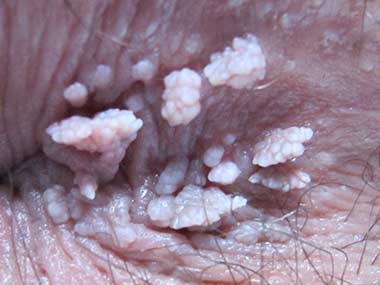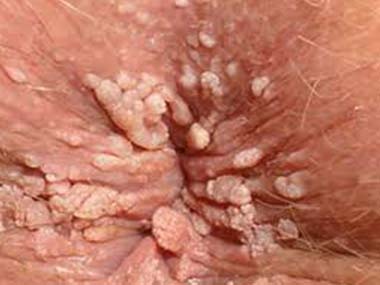 Wirral Surgeon
Excellence for Life
Wirral Surgeon
Excellence for Life
Condition treated
The most important point to remember is that everyone with a bowel problem can be helped and many can be completely cured.
It is never too late to get help with your bowel problems. If you would like some advice on how to approach your GP regarding your bowel problem do get in touch.
About Anal warts
Anal warts are fleshy skin growths that affect the area around and inside the anus; they might also extend to the skin around the genital region.
They first appear as tiny spots or growths of flesh or brownish colour, perhaps as small as the head of a pin, and may grow quite large and cover the entire anal area.


About Anal warts
Anal warts are fleshy skin growths that affect the area around and inside the anus; they might also extend to the skin around the genital region.
They first appear as tiny spots or growths of flesh or brownish colour, perhaps as small as the head of a pin, and may grow quite large and cover the entire anal area.
Clinical presentation
Anal warts are usually caused by the Human Papilloma Virus (HPV), which is transmitted from individual to individual by direct contact. Even though this is regarded a sexually transmitted disease, it is important to note that anal intercourse is not necessary to develop anal warts and these might occur many years after the initial HPV exposure.
Usually, they do not cause pain or discomfort and patients may be unaware that the warts are present. Some patients will experience symptoms such as itching, bleeding, mucus discharge and/or a feeling of a lump or mass in the anal area.
Diagnosis is made by clinical examination, aided by rigid sigmoidoscopy and/or proctoscopy to assess involvement of the intra-anal region and to exclude other ano-rectal conditions. Speculum examination may also be performed to aid in vaginal examination in women.
Medical treatment
Topical agents are suitable for the treatment of small warts not involving the anal canal. The most commonly used are:

Minor burning or discomfort may be experienced after treatment and, thus, most patients can return to work after the procedure. In cases of severe skin irritation, burning and painful ulcerations of the skin the medication should be discontinued immediately.
Cryotherapy freezes the warts with liquid nitrogen. Similar recovery and side-effects as for the topical agents mentioned above are expected.
Surgical treatment
Surgical treatment can be used for both external as well as internal anal warts; it is usually performed as day-case.
When warts are extensive, surgery might be performed in stages. Recurrences are common and can occur in up to 50% of patients. In some situations multiple surgical interventions may be recommended.
Depending on the extent of the disease, some people return to work the next day, while others may remain out of work for several days to weeks. Pain, discomfort and slight bleeding are expected in the recovery period and may last at some level for several weeks.